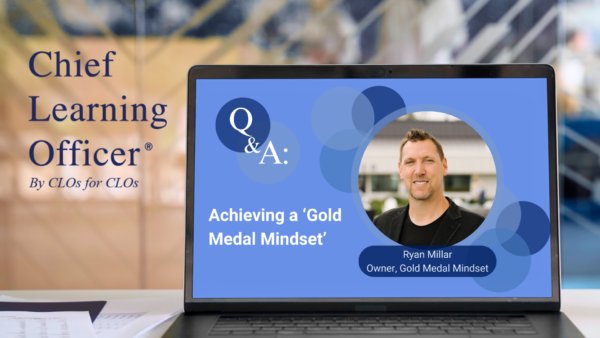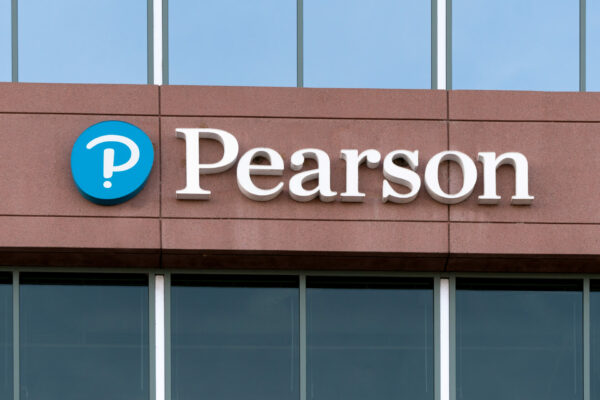
Organizations have expanded interview processes to encompass multiple dimensions to match the right candidates and positions. Should the face-to-face still be a factor in the hiring decision?
by Frank Kalman
February 10, 2012
These days, mining for top talent happens not just through a traditional face-to-face interview, but through an expansive process that includes assessments, simulations, social meetings and other experiential phases. Advancements in technology have made the interviewing process even more capacious: video, recorded audio and social media have all gravitated to recruiters’ fingertips.
This begs the question: Is the face-to-face job interview still a valuable part of the recruitment process?
Michael Patak, president and CEO of Patak Trading Partners LLC, a boutique proprietary trading group and member firm of the Chicago Mercantile Exchange, doesn’t find much worth in the traditional face-to-face job interview. He said having potential traders sit across from him at a table and speak of their ability to facilitate a futures trade doesn’t do much for his ability to discern who would or wouldn’t be a good fit for the firm.
“It’s the performance that dictates if you’re getting hired or not,” Patak said. “Don’t tell me you can trade. Show me you can trade.”
Patak has candidates do just that. A few years ago he created TopstepTrader, a division of his trading group designed as a scouting agency that puts potential traders through simulated trials to gauge their ability.
Dubbed the “Combine,” in reference to the NFL’s player scouting combine it holds prior to its collegiate drafts, the simulation puts would-be traders through two- or four-week programs that simulate real financial market conditions. Traders in the simulation are provided with approximately $50,000 of fake capital to trade on.
The best traders who complete the “Combine” are given real capital to come on-board and trade for the firm.
“[It] gives us a clear way to mine for trading talent,” Patak said. “We call it mining because the failure rate is 95 percent, so we’re looking for that 5 percent. We’re looking for that rookie … that diamond and we polish them up and we are developing and discovering.”
Face-to-face job interviews can be helpful in choosing the right candidates, but this method isn’t quite as valuable as it used to be, according to George Bradt, founder and managing partner of PrimeGenesis, an executive on-boarding firm.
To him, the traditional face-to-face — which typically includes questions such as “So, tell me about yourself, Jim” — is poorly designed and somewhat broken. “The best way to see if someone can do the job is to put them into the job and see if they can do it, which is why internal hires are always better,” Bradt said.
But hiring internally is not always an option, which pins the recruiter with the challenge of finding an outside hire — and an increased likelihood of having to use a face-to-face interview along the way.
For Bradt, recruiters should be most concerned with finding the answers to three basic questions when interviewing an outside candidate with a face-to-face:
1. Can they do the job?
2. Will they love the job?
3. Are their co-workers going to be able to tolerate them?
Bradt said these questions are rarely sufficiently answered through this stage in the interview process, mainly because many interviewers don’t ask the right questions that get to the right answers. Experiential phases of the interview might do this better, he said.
Instead, many interviewers focus on grilling the candidate through a one-way channel, intending to confuse or even throw a candidate off kilter with a brainteaser question he or she maybe wasn’t prepared for. Google and other tech firms are known to use such tactics are part of their face-to-face interviews.
Yet, the face-to-face should really be the complete opposite: It should be a two-way conversation where the interviewer is trying to predict future behavior, while the interviewee is trying to see if this is a company he or she would want to work for. Problems with the method still persist further, however.
Consider this sample question Bradt said interviewers should typically ask in a face-to-face: “Give me an example of a time in which you did this,” he said. “Have them explain what they did.”
Far too often candidates will relay examples of successful projects they worked on in a prior role that may answer this question, but without specifically distinguishing what their individual contribution was to that project; they disguise their own performance through other people’s successes.
A remedy for this, Bradt added, is a disciplined process of follow-ups that seek to verify the candidate’s individual contribution and involvement in the success of a past project.
But the face-to-face still doesn’t always act as an ample barometer of a candidate’s ability to do this, Bradt said, which is why the other, more performance-minded interview techniques have grown more popular in certain circumstances. In any event, the face-to-face still plays a role, albeit a diminished one.
“I do not think companies should do away with [the face-to-face] interview,” he said. “But I do think it’s useful for companies to understand their place and not overweight them.”
Anne Kutscher, a recruiter with Pittsfield, Maine-based construction firm Cianbro Corp., quickly dispelled the notion that the value of the face-to-face has diminished in this vein. There are many tips and tells to be gleaned from the traditional interview technique that may not be as prominent during other phases, she said.
“I talked to a couple of my co-workers, and we all agree that face-to-face time is incredibly important for us,” she said. “There’s body language that, without a face-to-face interview, you’re not going to pick up.”
For instance, it’s important to see how the candidate interacts with others when vying for a position that requires him or her to work on a team, Kutscher said. The pairing of a face-to-face interview with group sessions allow for that better than an assessment or test.
While they disagreed in the value organizations should place on the face-to-face interview in its effectiveness as a tool to court and evaluate outside hires, Kutscher and Bradt did find common ground in tips recruiters should keep in mind when conducting these interviews.
• Prepare in advance. Talent managers should do a detailed recruiting brief before the interview, making sure everyone is aligned on what motivations and strengths are sought for the position.
• Make sure the interviewer is well-trained. For some talent managers, this may not be required, but for managers without proficient recruiting and HR experience, it’s a must.
• Have a disciplined follow-up process. Really drill candidates to make sure you’re getting what their contribution was on a given project. Be wary of those framing their responses so they take credit for other people’s work.
Kutscher added one more tip for talent managers, especially those conducting interviews for specialized positions: Have an expert in the field present and involved in asking questions and vetting a candidate’s answers during the face-to-face interview.
“If you know the language of the role you’re hiring for, you’re better able to dig in,” Kutscher said. “When you start talking some of this stuff with [the candidate], you can see in a face-to-face whether or not they actually know what they’re talking about or whether they are giving you lip service.”
Frank Kalman is an associate editor of Talent Management magazine. He can be reached at fkalman@talentmgt.com.




